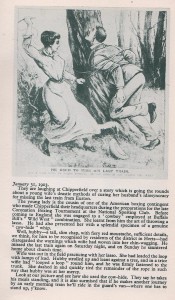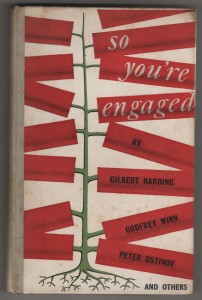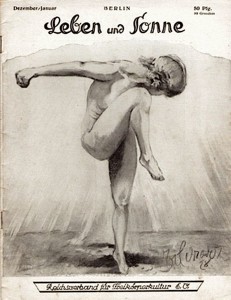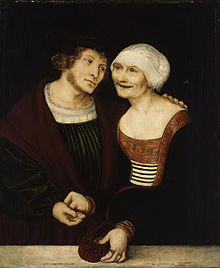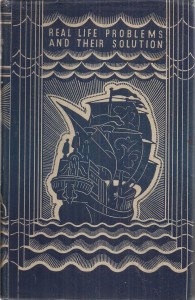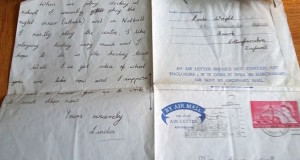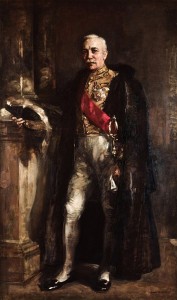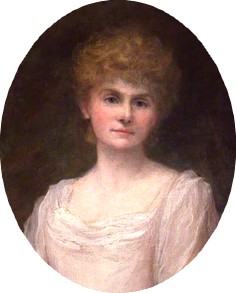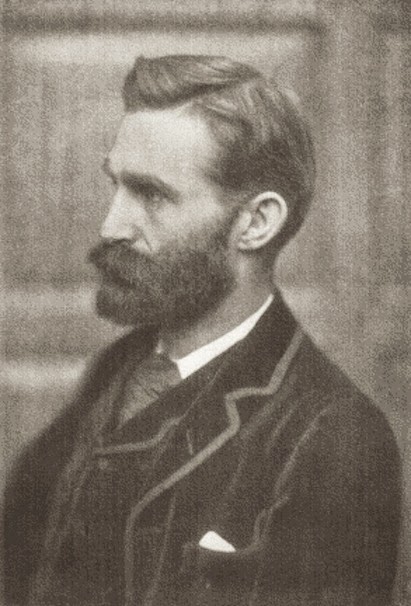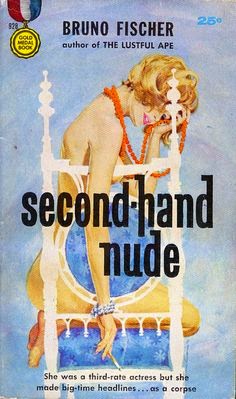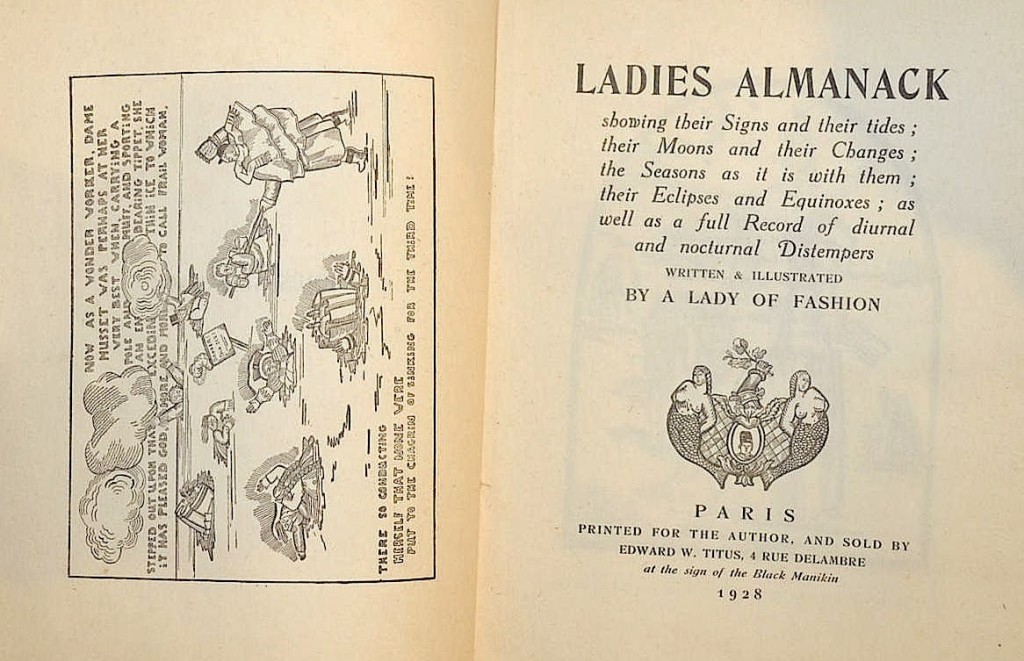‘ Most of the questions of etiquette so far discussed concern married and unmarried people equally. There are, however, certain formalities which specially concern bachelors and single girls—bachelor girls as the modern phrase has it—particularly those living in apartments…’
A bachelor’s party.
I am a bachelor living in rooms. In acknowledgement of the many invitations I receive to other people’s houses, I would like to hold a little party at my place. Is there any objection to this?
There can be no objection to your giving a party in your rooms provided you ask a lady of your own family, or a married lady friend, to act as hostess. Of course, you will not invite any married lady to attend the part without also inviting her husband. Where an invitation is sent to a single girl it must be accompanied by an invitation to her parents or some other responsible person.
Meeting her people
I have been friendly with a girl and would like to be introduced into her home. May I suggest that I call, or should the invitation come from the girl ?
You shold not ask for an invitation, nor should the girl invite you to call on her own initiative. The invitation should really come from the girl’s mother . An invitation like this generally comes from via the girl; the occasion is not treated as one calling for a formal invitation.

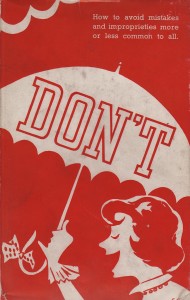
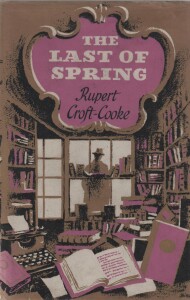
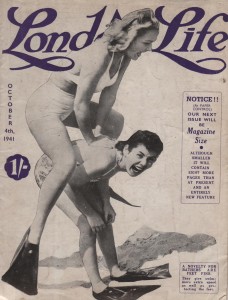
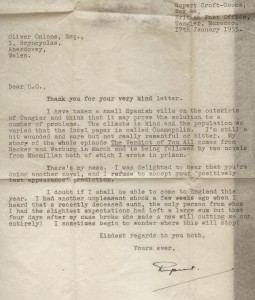 between consenting adults were made legal, many men from all backgrounds, including actors, writers and at least one famous mathematician, were prosecuted and sometimes jailed. The persecution of Dr Alan Turing, the genius who helped the UK win the Second World War, is a shameful blot on the English penal system, but another victim of the law whose conviction has aspects in common with that of Turing is the less well-known writer Rupert Croft-Cooke (1903 – 75).
between consenting adults were made legal, many men from all backgrounds, including actors, writers and at least one famous mathematician, were prosecuted and sometimes jailed. The persecution of Dr Alan Turing, the genius who helped the UK win the Second World War, is a shameful blot on the English penal system, but another victim of the law whose conviction has aspects in common with that of Turing is the less well-known writer Rupert Croft-Cooke (1903 – 75).